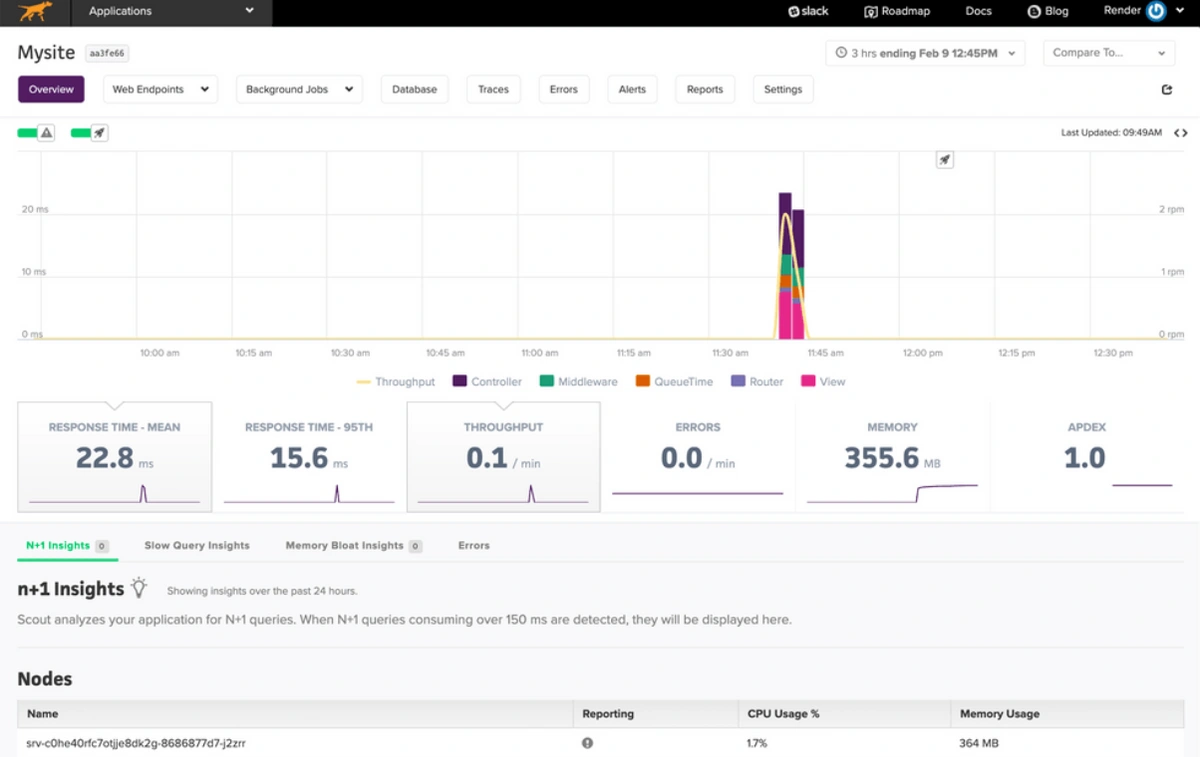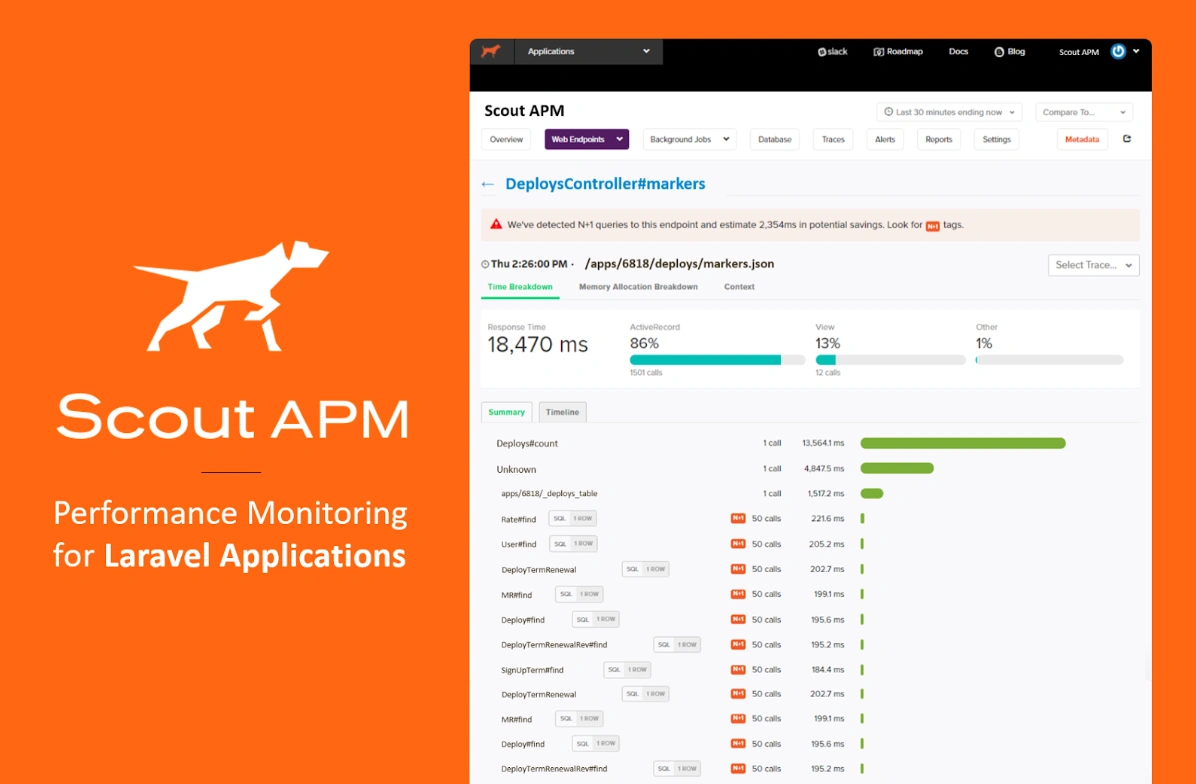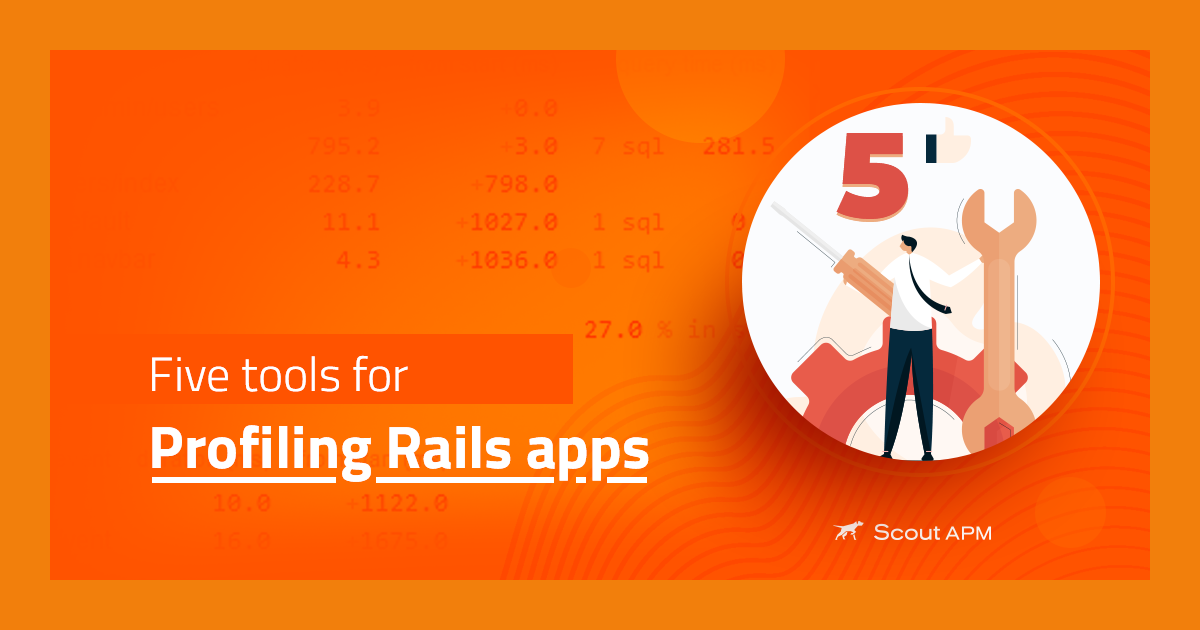Maximizing Efficiency: How Application Performance Management (APM) Can Help You Cut Server Costs

With server costs mounting due to both demand and complexity, businesses of all sizes are beginning to explore how they can optimize their server infrastructure to reduce costs.
One of the most effective strategies for doing this is Application Performance Monitoring (APM): the use of a dedicated tool to proactively monitor, diagnose, and troubleshoot performance issues in real-time.
The use of APM solutions allows organizations to identify problems before they become serious enough to cause costly downtime or data loss. This proactive approach ensures that resources aren’t wasted on unnecessary troubleshooting and that any issues are addressed quickly.
In this article, we’ll discuss the benefits of APM and specifically how it can help reduce your server costs at increasing levels of scale. You'll learn:
- What is Application Performance Monitoring?
- How does APM reduce server costs?
- The benefits of utilizing an APM solution.
- Tips for optimizing your APM setup to maximize cost savings.
Let's get started!
Application performance monitoring: a recap
First, a quick recap on APM tools. Application performance monitoring refers to the use of a dedicated platform to monitor the performance of applications as they are running. This is done by collecting and analyzing data from various sources, such as servers, databases, and network devices.
In the past, APM tools used to be highly siloed and unwieldy. They took a ton of time to set up right, and the data was difficult to interpret.
Today, modern APM tools have become much more intuitive and user-friendly. They provide powerful insights into application performance - metrics like latency, throughput, and errors - in real-time, which provides an enormous advantage to tech teams looking to manage their server costs and expand intelligently.
How do APM solutions reduce server costs?
In a world full of microservices, distributed applications, and containers, it's simply not feasible to manually monitor every single element of your application architecture. Many of these systems are opaque unless you know where to look, which can lead to "black boxes" of revenue drain, negatively impacting your bottom line.
By using dedicated APM tools, companies get to take advantage of the following benefits - each of which helps reduce server costs as you scale:
Proactive monitoring
APM tools are designed to detect and alert you of any potential issues before they cause serious problems. This proactive approach allows you to identify and address performance issues quickly, reducing the risk of costly downtime or data loss.
For example, most companies will notice when response times increase by 20%. Whether customers complain or the volume of requests for customer service rises, this sort of disruption is pretty obvious (and costly).
But what about chronic server issues that lead to small latency increases of 3-5%? They're still extremely expensive over the long run - the opportunity cost of slower software, less engagement, and poorer conversions commonly cost software businesses millions of dollars per year.
The vast majority of small-mid-sized companies aren't well-tuned enough to detect these sorts of lingering issues in their software. But with a dedicated APM tool, you can compare latency to historical data and baseline performance, giving you the ability to identify and address these small issues before they become serious, as well as optimize your servers to maximize performance.
Automated root cause analysis
When an issue arises, it can be difficult to determine the source. It's also important to have a clear understanding of what caused the problem in order to prevent it from happening again.
APM tools automate this process with powerful analytics capabilities, including root cause analysis. By collecting data from multiple sources, including your codebase, they're able to pinpoint exactly where and why performance issues occurred - allowing you to take immediate steps toward addressing them.
This can take the form of the *exact* place in your codebase that needs to be modified, a particular database query that's taking too long, or an overloaded server.
Improved resource utilization
Lastly, APM tools allow you to identify and address areas of resource waste. This means that you're able to quickly identify and shut down any unnecessary processes or services that are taking up too much of your resources - helping you reduce server costs as you scale.
Does your product really need 32 servers running 24/7, or does a mere 16 suffice? That's a potential 50% reduction in server expense and one that you’re not going to be able to systematically uncover without a dedicated monitoring tool like an APM.
Tips for optimizing your APM setup
Now that you understand the basics of how APM tools can reduce server costs, here are a few tips for optimizing your setup:
1. Set alerts for key metrics:
Set up alerts for latency, throughput, and other key performance metrics to ensure you know when there's a problem. Most companies allow for a few percentage points of deviation over the course of a week or month; some server delays are natural and expected, after all. But anything over 5% should be addressed immediately.
2. Track usage patterns:
APM tools can also be used to track usage patterns and identify areas of potential cost savings, such as underutilized servers or unnecessarily high resource consumption. This data can then be used to optimize server resources and reduce costs over time. If your APM of choice provides this functionality, take full advantage of it - most of the time, you can make up the cost of the APM platform in cost savings alone.
3. Take advantage of automated integrations wherever possible:
Traditionally, setting up data collection and analysis for APM was a tedious and manual process. Fortunately, modern APM solutions provide automated integrations with various sources of data, such as databases, servers, and custom codebases. Platforms like ScoutAPM even integrate directly with GitHub and other popular repo tools to make it even easier to get up and running.
In closing: APMs help reduce server costs.
Application performance monitoring is a powerful tool for reducing server costs at scale. By actively monitoring application performance, automatically analyzing root causes of issues, and leveraging automated integrations, businesses can stay ahead of potential problems and save money in the process.
With the right setup in place, APM tools can help you reduce server costs while ensuring your applications are running smoothly - allowing you to focus on what matters most: delivering a great product to your customers.
ScoutAPM: Reduce Server Costs At Scale With Our Integrated APM Platform
ScoutAPM is a comprehensive APM platform that helps businesses reduce server costs at scale. Our automated integrations with GitHub and other popular repo tools make it easy to get up and running, while our powerful analytics capabilities provide deep insights into your application performance - allowing you to quickly identify and troubleshoot potential issues before they become costly problems.
We're fast, performant, and affordable, with plans starting at just $161/month. Try a two-week trial of ScoutAPM free today and see how our APM solution can help you reduce server costs at scale!







